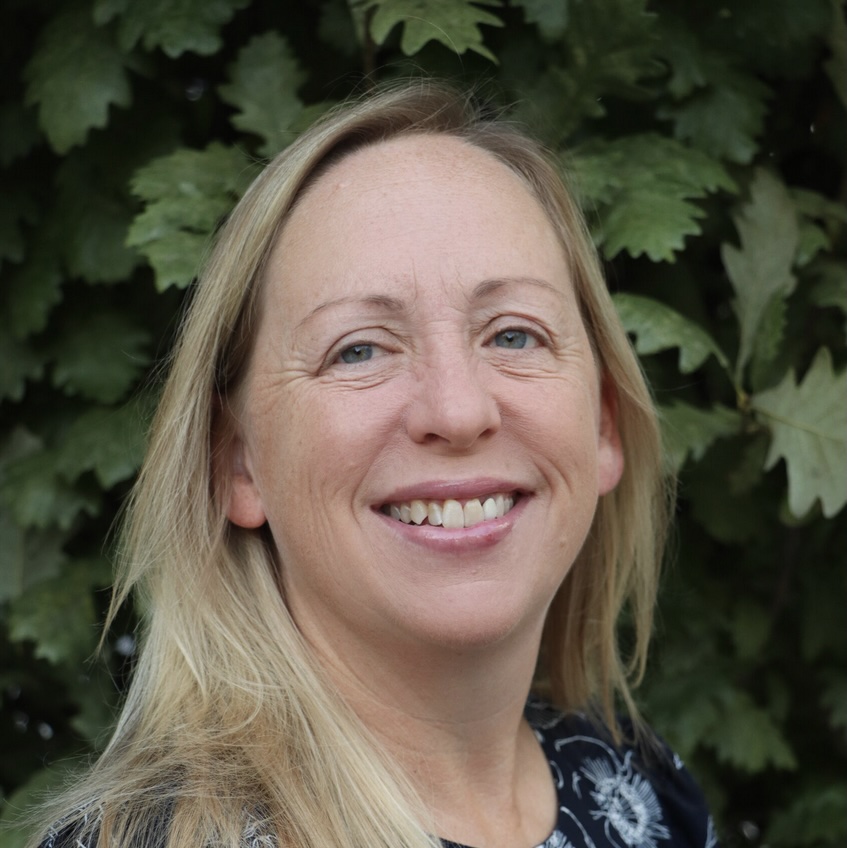
Picture the scenario: an organization is in the midst of rapid expansion while also taking steps toward digital transformation. To ensure growth happens in a sustainable way, more talent must be hired – unfortunately, the talent pipeline seems to have dried up.
Not exactly a unique situation in today’s healthcare landscape. What is unique, however, is the approach that Eisenhower Health has taken to address this issue. Their answer, according to CIO Ken Buechele, was to construct a new pipeline by establishing an IT apprenticeship program.
“The landscape of the technology skillset and the market in our community has changed,” he said during a recent interview with This Week Health. In addition to a 437-bed hospital, Eisenhower offers dozens of outpatient locations scattered throughout the Coachella Valley region of Southeastern California. Although the area, which is “somewhat isolated” due to nearby mountain ranges,” has never had a problem attracting visitors, filling onsite IT positions started to become increasingly challenging in the post-Covid world. “We need to think about how to grow and retain talent in a way that allows us to meet the organization’s needs.”

Ken Buechele
Compounding the issue is the fact that Eisenhower is “doing everything that most of the bigger players are doing; we’re just doing it on a much smaller scale” – and with fewer FTEs.
That’s where the apprenticeship came into play. Shortly after taking on the CIO role in January 2022, Buechele rolled out an initiative that he hoped would help fill key positions while also strengthening the workforce as a whole.
“It’s basically an internship on steroids,” he said. “They start with us in the summer and work full-time. But instead of going back to school after three months, we expect them to stay on part-time.” Indeed, most interns continue to work 1 or 2 days per week, and some have remained on for as long as three years.
As part of the program, apprentices rotate through departments, which exposes them to different tasks. “That gives them not only just the baseline of the complexity of the IT aspects, but also an orientation to Eisenhower as an organization,” he noted. “It’s important, regardless of where you are, to get a sense of the calls that we get, the technologies that are used, and what happens in that role.” And in doing so, learn that calls coming in from the ED or OR must be prioritized. “These are the customer service skills that make a good service desk technician.”
And, like many CIOs, he believes those skills are best learned onsite – the problem is that potential hires don’t feel the same way.
“Before Covid, we would see people with 3, 4 and 5 years of healthcare IT experience applying even for entry-level roles,” said Buechele. Now, “we’re really struggling to align helpdesk and network technician-type roles with locals.”
As a result, Buechele’s team had to restructure job descriptions and reset expectations by targeting a completely new audience. Instead of trying to squeeze more out of a shallow pool of applicants, Eisenhower partnered with local colleges and high schools to identify possibilities for partnerships.
What they learned was quite interesting: the technical education curriculum in high school has grown by leaps and bounds in recent years. “They’re basically getting their security-plus by the time they’re out of high school,” Buechele said. “And so, there’s an amazing opportunity to capture students right out of high school and introduce them to our program.”
The other compelling learning? Colleges are behind the eight-ball when it comes to career preparation. “We get a lot of applications from recent grads that don’t have any hands-on experience,” he noted. The apprentice program has “helped build the skills and the talent that we’re looking for.”
Importantly, it goes “beyond the nuts and bolts of how to image a computer and replace equipment, and how to be a desktop technician,” he added. By having trainees go through various rotations, “They get a better sense of who we are as an organization.”
And it’s not limited to desktop help – although that is critical. “We’re creating security analysts, network engineers, telecom engineers and ultimately, Epic analytics,” he said, adding that Eisenhower also plans to offer help with classes and certifications. “That’s the skin we’re putting into this. The goal isn’t just to fill seats.”
As with any initiative, it’s critical to ensure proper governance structures are in place. At Eisenhower, apprentices report directly to Buechele and his team facilitates onboarding; however, there are supervisors in place to provide more focused guidance. “I make it a point to be part of the process and make sure everyone understands how important it is,” he said, which helps ensure the program doesn’t “fall by the wayside” when things get busy.
“You have to continue to nurture it,” noted Buechele, who emphasized the value of both executive support and departmental champions. “The key is to find somebody who will take it on as a passion project and believe in it.”
It’s also important to note that onboarding practices for apprentices may differ substantially from those of traditional IT hires. “They may have to shadow and observe longer than those with previous experience,” he said. And while that might take more time, it’s important to ensure individuals are developing skills, and not just taking on tasks that others don’t want. “Every organization has projects like Windows 11 upgrades or lifecycle replacements that are the right mix of task and repetitive work, but we also have things that are meaningful from a knowledge and growth perspective,” Buechele noted.
“That’s one of the things that I've stressed with my team: I don’t want them just doing spreadsheets and cleanup work,” or in a desktop context, wiping hard drives. “I want them to learn, and they can’t do that if they’re just imaging computers all day or pressing buttons all day. We try to make it meaningful.”
What they’re not trying to do is expand too quickly. The program has had about 3 participants each year, about a third of whom have been hired full-time. And while it’s not making waves on a national scale, Buechele believes it has the potential to become a game-changer, particularly for organizations that aren’t partnered with large universities.
“We need to find a way to capture what colleges and high schools are doing right and provide experience in a way that’s meaningful,” he noted. Through their innovative program, Eisenhower has found a way to “source talent in the community.” And it’s a method that can work across the board, as long as organizations are willing to put in the work to develop partnerships, establish a solid foundation, and invest in people.


Questions about the Podcast?
Contact us with any questions, requests, or comments about the show. We love hearing your feedback.

© Copyright 2024 Health Lyrics All rights reserved